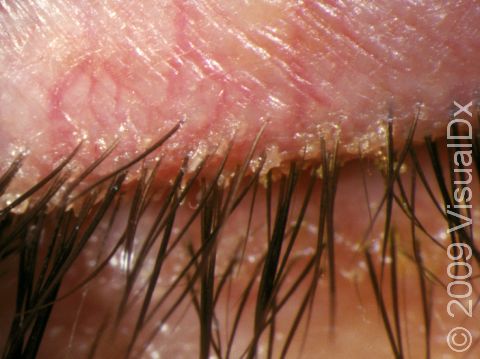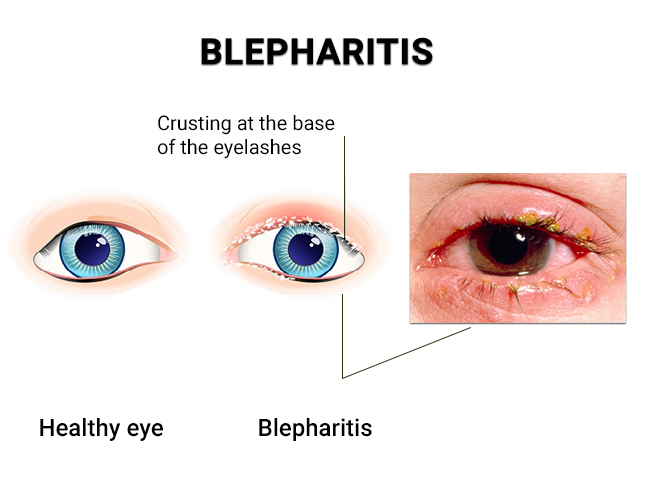
To alleviate blepharitis naturally, start with warm compresses to loosen debris and improve blood flow for healing. Essential oils like tea tree, lavender, and chamomile have anti-inflammatory properties; dilute properly to avoid irritation. Incorporating omega-3 rich foods, antioxidants, and avoiding trigger foods can help manage inflammation and support eye health. Focus on gentle eyelid hygiene, herbal remedies like chamomile tea, and consulting professionals when making dietary changes. These natural methods can be effective in managing symptoms and promoting ocular wellness.
What are the common symptoms of blepharitis that you should be aware of? Blepharitis is a common eye condition characterized by inflammation of the eyelids. Symptoms include redness, itching, irritation, and a gritty sensation in the eyes. difference between blepharitis and conjunctivitis. You may also experience dandruff-like flakes at the base of your eyelashes, crusty eyelids, and a burning or stinging sensation. Additionally, blepharitis can lead to watery eyes, light sensitivity, and blurred vision

When it comes to managing blepharitis symptoms, a holistic approach combining natural remedies and treatment options is often recommended. Natural remedies such as warm compresses, tea tree oil, and baby shampoo eyelid scrubs can help alleviate symptoms and reduce inflammation. Treatment options may include prescription eye drops, antibiotics, or steroid ointments prescribed by your eye care professional. It is essential to consult with your healthcare provider to determine the best course of action for your specific symptoms and to guarantee proper management of blepharitis.

To effectively manage blepharitis, it's essential to identify triggers that exacerbate the condition. Common risk factors such as oily skin, bacterial overgrowth, and certain medical conditions can contribute to the development of blepharitis. Understanding these triggers and risk factors is vital for implementing preventive strategies to alleviate symptoms and improve eye health.
Identifying triggers for blepharitis involves pinpointing specific factors that can exacerbate or contribute to the inflammation of the eyelids, aiding in the management and prevention of this condition. Blepharitis causes can vary, but common triggers include bacterial infections, blocked oil glands along the eyelid margin, and skin conditions like rosacea. how do you get blepharitis. These factors can lead to redness, irritation, and flaking of the eyelids. To address these triggers, natural remedies have shown effectiveness. Warm compresses can help unclog oil glands and reduce inflammation. Tea tree oil, known for its antibacterial properties, may also help combat bacterial infections. Additionally, gentle eyelid scrubs with diluted baby shampoo or specific eyelid cleansers can help remove debris and prevent further irritation. Identifying and avoiding triggers for blepharitis is essential in managing the condition and preventing flare-ups. By incorporating these natural remedies effectively, individuals can take proactive steps to alleviate symptoms and promote healthier eyelid hygiene